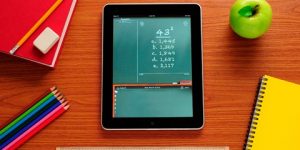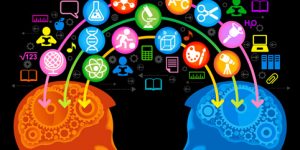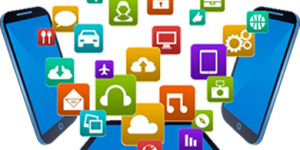
By ICTpost Education Bureau
Mobile learning refers to using mobile electronic devices to facilitate teaching and learning processes, both inside and outside of the classroom.
The mobile revolution is here. More and more schools are moving toward mobile learning in the classroom as a way to take advantage of a new wave of electronic devices that offer portability and ease of use on a budget. Netbooks, iPads, cell phones, iPods, e-readers and even PDAs are increasingly becoming the tools of choice for today?s educators, and it is easy to see why.
Mobile learning technologies offer teachers-and students-a more flexible approach to learning. Computer labs are great, but do your students use technology in the classroom, in the school garden, in the study hall, in the gym, and on field trips? With mobile learning devices, you can do all this, and more.
Mobile learning eliminates the need to have special computer rooms and offers teachers full freedom to let students work with online applications at their own pace.
The devices used in mobile learning are commonly:
Mobile phones and smart phones
Personal listening devices such as mp3/mp4 players
Lightweight, portable computers such as tablets, netbooks and small laptops
Games consoles,
E-book readers, and electronic dictionaries.
One example of mobile technology for children with special needs is Proloquo2go, an assistive technology app available on iTunes. Students with autism spectrum disorders, and others who may have difficulty speaking, can use the app?s library of symbols and text-to-speech conversion to communicate easily and naturally with others. This type of assistive app helps broaden students? horizons both in and out of the classroom.
Devices are increasingly becoming multi-functional and thus may be used to fulfill a variety of professional, social, and educational tasks. Equally important are the networks and infrastructures which enable the devices to be connected to one another and to the Internet.
The mobile phone (through text SMS notices) can be used for distance education or with students whose course requires them to be highly mobile
Podcasting consists of listening to audio recordings of lectures, and can be used to review live lectures and to provide opportunities for students to rehearse oral presentations. Podcasts may also provide supplemental information to enhance traditional lectures
Using the communication features of a mobile phone as part of a larger learning activity (e.g.: sending media or texts into a central portfolio, or exporting audio files from a learning platform to your phone)
Learning in museums or galleries with handheld or wearable technologies
editor@ictpost.com







